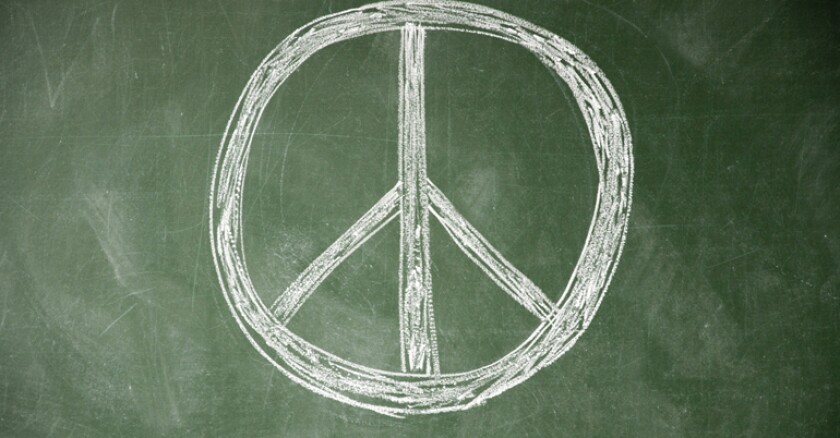Based off an international anti-violence program conceived by a Colombian priest, the approach teaches conflict-resolution skills to young people. In other words, at-risk, troubled youth are given workshops on forgiveness and reconciliation. The goal is to break a cycle of violent retaliation and slowly create a culture of peace.
In early March, a team of graduate students from the McCourt School of Public Policy at Georgetown won $5,000 to launch a D.C. version of the program in certain groups of neighborhoods or geographic "clusters."
Addressing violent crime has become a more pressing issue in some large U.S. cities experiencing a recent uptick in homicides. In D.C., the number of homicides increased 54 percent from 2014 to 2015, reaching the highest level in seven years. The troubling trend has led the city to even consider paying people not to commit crimes.
Peace clusters are already operating in 15 countries, and U.S. versions are also in the planning stages in Boston and Chicago.
One of the Georgetown students, America Avalos, has firsthand experience with the model, having previously worked as a peace facilitator in Mexico. Avalos and the other four students on the team are all from Latin America and sought to find a policy idea that would improve the well-being of Latino residents in the district.
The model hasn't undergone empirical evaluation. But in 2010, a psychologist from the University of Los Andes in Bogota conducted surveys before and after workshops that showed an improvement in participants' interest in school activities and in making friends. In 2006, UNESCO, an agency of the United Nations, recognized the model for experimental methods in peace education.
While the students believe it can improve the lives of the young people who participate, they were careful not to exaggerate the model's potential impact on citywide or even neighborhood-wide violence.
"This helps [young people] understand what they are dealing with and not escalate their actions," said Cristina Martinez, one of the team members. "The workshop helps them reflect on the cycle of violence. Although the environment as a whole may not change, it's an effort that little by little starts building a culture of peace. That's the underlying idea.”
The students presented their idea at the National Public Policy Challenge in Philadelphia, which included 10 teams from graduate schools with master's programs in public policy or public administration. Georgetown was one of four teams to advance to the final round. The prize money has to be spent on implementing the team's policy proposal.
In fact, the group is already in talks with D.C. officials about how to get the first peace cluster off the ground. They pitched the workshops as part of a pilot project already being planned by the Mayor's Office on Latino Affairs. The district plans to offer mentoring and after-school programs for 40 at-risk Latino teenagers at one high school located in a neighborhood cluster with the most violent crimes and robberies. The four students say that for less than $5,000, they can add the workshops to the pilot.
Tennessee state House Rep. Raumesh Akbari, a judge at the competition, said she liked that the model focuses on young people who are still impressionable and in a position to improve their academic performance. Akbari represents a part of Memphis and wondered if a peace cluster might help in her own area.
"I think it's worthy work," she said. "It can really transform the entire community of young people."









